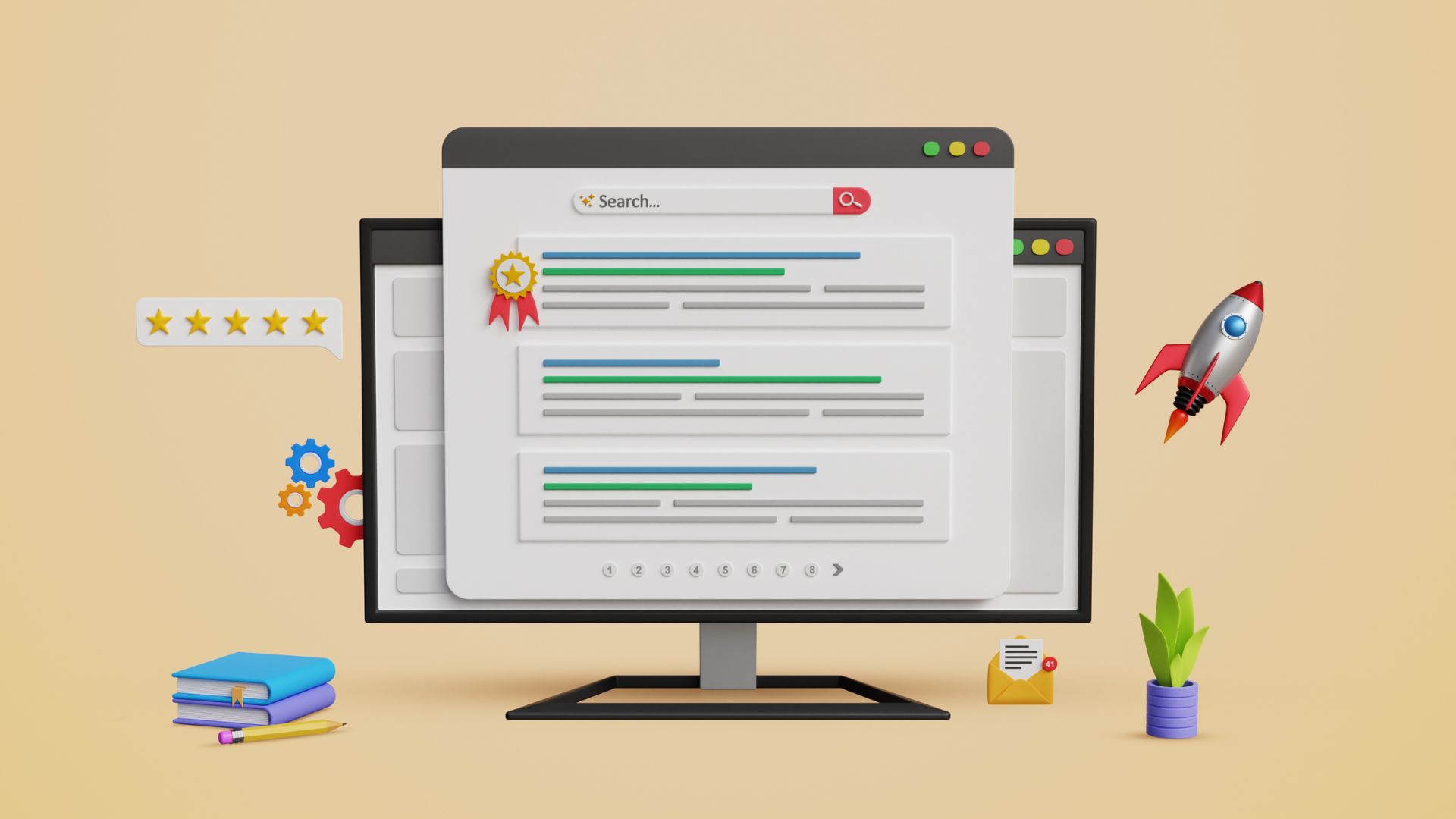As an employer, gauging employee happiness is crucial for maintaining a productive and positive work environment. But how can you effectively measure something as intangible as job satisfaction?
This article explores easy-to-implement methods for assessing employee engagement and their wellbeing, from conducting surveys to analysing key metrics. By understanding your workforce's satisfaction levels, you'll be better equipped to attract and retain top talent, ultimately driving your company's success.
Let's dive into practical strategies that will help you get a pulse on your team's happiness and create a thriving workplace culture.
Regular employee surveys are a vital tool for measuring satisfaction and engagement levels within your organisation. Anonymous surveys allow you to gather quantitative data on contentment levels, providing valuable insights into your workforce's overall well-being.
Consider implementing various survey types to gain a comprehensive understanding:
Each type offers unique insights into different aspects of the employee experience. For instance, pulse surveys can provide quick snapshots of employee sentiment, while exit surveys offer valuable feedback from departing staff.
To ensure your surveys yield actionable results:
According to Culture Amp, taking prompt action on survey findings and communicating openly are crucial for maintaining employee trust and driving meaningful change.
Remember, measuring satisfaction is just the first step. Use these insights to implement targeted strategies for improvement, such as offering competitive pay, providing growth opportunities, and fostering a supportive work environment. Consider using FastJobs to attract top talent and drive organisational success.
To effectively gauge employee happiness, it's crucial to track key performance indicators (KPIs) that reflect workplace satisfaction. The Employee Satisfaction Index (ESI) is a valuable metric that measures contentment based on three key questions about workplace satisfaction, expectations, and how close the current job is to ideal. This quantitative approach provides a comprehensive overview of employee sentiment.
Another essential metric is the Employee Net Promoter Score (eNPS), which measures how likely your staff are to recommend your company as a workplace. A high eNPS suggests strong employee advocacy and overall satisfaction.
Turnover and absenteeism rates are indirect yet crucial indicators of employee happiness. High turnover can be costly and disruptive, often signalling underlying issues. Similarly, frequent absenteeism may indicate low motivation or dissatisfaction.
While quantitative metrics are valuable, don't overlook qualitative measures. Regular one-on-one conversations provide deeper insights into employee perspectives and reveal issues that may not surface in surveys. Additionally, monitor online company ratings on platforms like Glassdoor, as these can offer candid feedback from current and former employees.
Remember, measuring satisfaction is just the first step. Use these insights to implement targeted strategies for improvement, such as offering competitive pay, providing growth opportunities, and fostering a supportive work environment.
Regular one-on-one meetings between managers and employees are a powerful tool for fostering open communication and gauging employee satisfaction. These conversations provide a dedicated space for employees to share their thoughts, concerns, and aspirations, offering valuable qualitative insights that surveys may not capture.
To maximise these meetings, schedule them consistently, ideally weekly or bi-weekly. This frequency helps maintain strong connections and allows for timely support. Choose an appropriate setting, such as a casual meeting room or even a nearby café, to create a relaxed atmosphere.
During the conversation, focus on active listening and asking open-ended questions. Encourage employees to come prepared with their agenda items, empowering them to lead the discussion. Address both short-term work challenges and long-term career goals, as well as any personal matters that may impact their work life.
Remember to celebrate successes and milestones, provide constructive feedback, and discuss how the company's broader objectives align with the employee's role. By implementing effective one-on-one conversations, you can build trust, improve engagement, and gain deeper insights into your team's satisfaction and overall well-being by implementing effective one-on-one conversations.
Pulse surveys are short, frequent questionnaires that provide timely insights into employee sentiment and engagement. These surveys offer numerous benefits, including increased communication, improved culture, and more informed decision-making.
To implement effective pulse surveys:
Pulse surveys can boost engagement scores by 14-30%, as seen at companies like Deloitte and Adobe. They allow you to track metrics over time, identifying trends and linking feedback to business outcomes.
To address potential survey fatigue, focus on effective communication about the survey process and how feedback is being utilised. Choose pulse survey software that offers mobile-friendly responses, customisable questions, and comprehensive reporting.
Remember, collecting feedback is just the first step. The real value lies in analysing results, sharing insights, and taking meaningful action to improve employee satisfaction and organisational performance.
Employee retention and turnover rates are crucial indicators of your organisation's health.
Retention rate measures the percentage of employees who remain with your company over a specific period, whilst turnover rate calculates the percentage who leave.
To calculate retention rate, divide the number of employees who stayed for the entire period by the total number at the start, then multiply by 100. For turnover rate, divide the number who left by the average total number of employees, then multiply by 100.
Analysing these metrics is vital for several reasons:
According to AIHR, understanding turnover in detail helps create targeted retention strategies, reduce financial costs, and predict future turnover trends.
To conduct a thorough analysis:
Visualising this data can help identify trends and patterns, predict hiring needs, and improve retention strategies. Consider using a BI dashboard to track key metrics like turnover rate, retention rate, and employee satisfaction scores.
Remember, the goal is not just to collect data, but to use these insights to implement targeted strategies for improvement.
Cultivating open communication is crucial for measuring and improving employee happiness. Create a supportive work environment that promotes transparency, trust, and respect. Encourage employees to freely express their thoughts, ideas, and concerns without fear of judgement or repercussions. Implement an open-door policy to create an inclusive atmosphere where team members can approach managers without hesitation.
Offer various platforms for employees to voice their opinions and feedback. This may include regular team meetings, one-on-one conversations, anonymous surveys, and digital communication tools. Investing in a communication platform can facilitate seamless collaboration and connection amongst team members. By providing multiple channels, you accommodate different employee preferences and encourage more frequent and honest communication.
As a leader, model open communication by practising active listening and being approachable. Acknowledge that employee input is valuable and actively seek constructive feedback to identify areas for improvement. Respond to feedback positively and implement changes where possible to show that you value employee opinions. This approach builds trust and encourages ongoing dialogue, helping you better gauge and improve employee satisfaction.
Measuring employee happiness is crucial for organisational success. By implementing regular surveys, monitoring key metrics, and fostering open communication, you can gain valuable insights into your workforce's satisfaction levels.
Remember, the goal isn't just to measure, but to act on these insights. Use this information to create a more engaging, supportive work environment that attracts and retains top talent.
Ready to build a happier, more productive team? Start by posting your job opportunities on FastJobs today and find the right talent FAST.

In Singapore’s job market, portals offer fast access while agencies provide tailored matchmaking.
Read more
FastGig helps solve manpower shortages by offering flexible gig work for businesses and individuals in SG.
Read more
Hiring faster starts here—Job Bump boosts your listing by 30%+ without needing a repost.
Read more